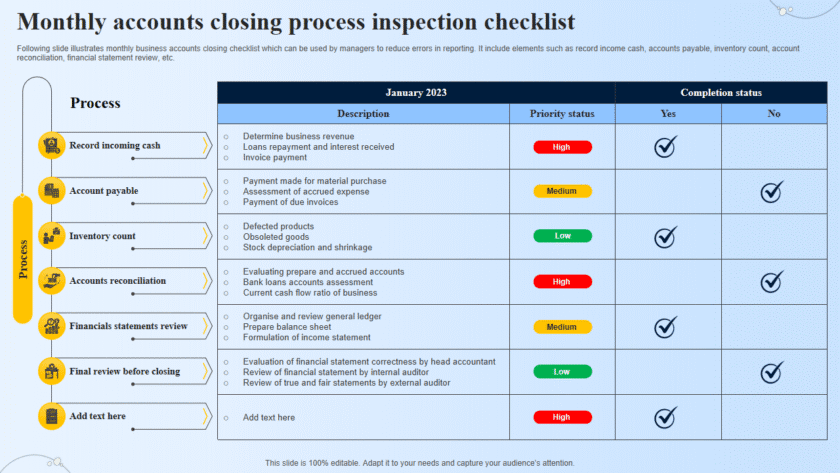Absolutely! Here’s a full blog post for the title:
10 Security Best Practices Every Web Developer Must Know in 2025
In 2025, web security is no longer optional—it’s a core skill for every serious developer.
With new threats emerging every day, and more data being shared than ever before, you need to build apps that are not only fast and scalable but also resilient and secure.
Here are 10 must-know security best practices that every web developer should follow in 2025:
1. Implement HTTPS Everywhere
HTTP is dead. Every site—production or staging—must use HTTPS.
Use tools like Let’s Encrypt for free SSL certificates and enforce HTTPS in your server or CDN configurations.
🔐 Bonus: Use HTTP Strict Transport Security (HSTS) to prevent protocol downgrade attacks.
2. Use Strong Authentication with JWT or OAuth 2.0
Session-based authentication is fading. Token-based auth with JWTs (JSON Web Tokens) or OAuth 2.0 is now the gold standard.
👉 Ensure tokens are signed, short-lived, and stored securely (preferably in-memory, not localStorage).
3. Sanitize and Validate Input—Always
Never trust user input—no matter how harmless it looks.
Use built-in sanitizers (like DOMPurify for the browser) and strong validation libraries on both frontend and backend.
✅ Defend against:
- SQL injection
- Cross-site scripting (XSS)
- Command injection
4. Enable Content Security Policy (CSP)
CSP helps prevent malicious scripts from executing in your app.
A good CSP policy can block XSS, clickjacking, and unwanted content injections.
🛡 Use tools like helmet-csp (Node.js) or set CSP headers at the CDN/server level.
5. Keep Dependencies Up to Date
Outdated packages are a huge attack surface. Many high-profile hacks start with an old, vulnerable dependency.
🧰 Use:
- Snyk, Dependabot, or npm audit
- Monitor packages weekly, automate updates if possible
6. Protect APIs with Rate Limiting and Throttling
Your APIs are public doors into your app. If left unguarded, they can be brute-forced or DDoS’d.
🔒 Use middleware to limit requests per IP, per user, and per endpoint.
Tools: Express-rate-limit, Cloudflare Rules, or API Gateways
7. Avoid Exposing Sensitive Data in the Frontend
Never put secrets (like API keys, tokens, or internal URLs) in your JavaScript bundle.
Use environment variables, serverless functions, or API proxies to keep sensitive logic off the client.
8. Secure Your Cookies
If you’re using cookies for auth or sessions:
✅ Set these flags:
HttpOnly– blocks JS accessSecure– transmits only via HTTPSSameSite=Strict– limits cross-site sending
9. Use Role-Based Access Control (RBAC)
Not all users should access all resources. Enforce RBAC both in frontend (UI hiding) and backend (hard access restrictions).
📦 Check user roles on every request, not just at login.
10. Run Security Audits Regularly
Use automated tools and manual reviews to check your code for vulnerabilities.
🧪 Tools to run:
- OWASP ZAP
- Burp Suite
- Lighthouse (Security tab)
- SonarQube
✅ Wrapping Up
Security isn’t a one-time task—it’s a culture and a mindset. The best web developers in 2025 are the ones who build with security by design.
Start with these 10 best practices, and you’ll dramatically reduce your app’s risk profile.
💬 What’s your favorite security tip as a developer? Share it below!






